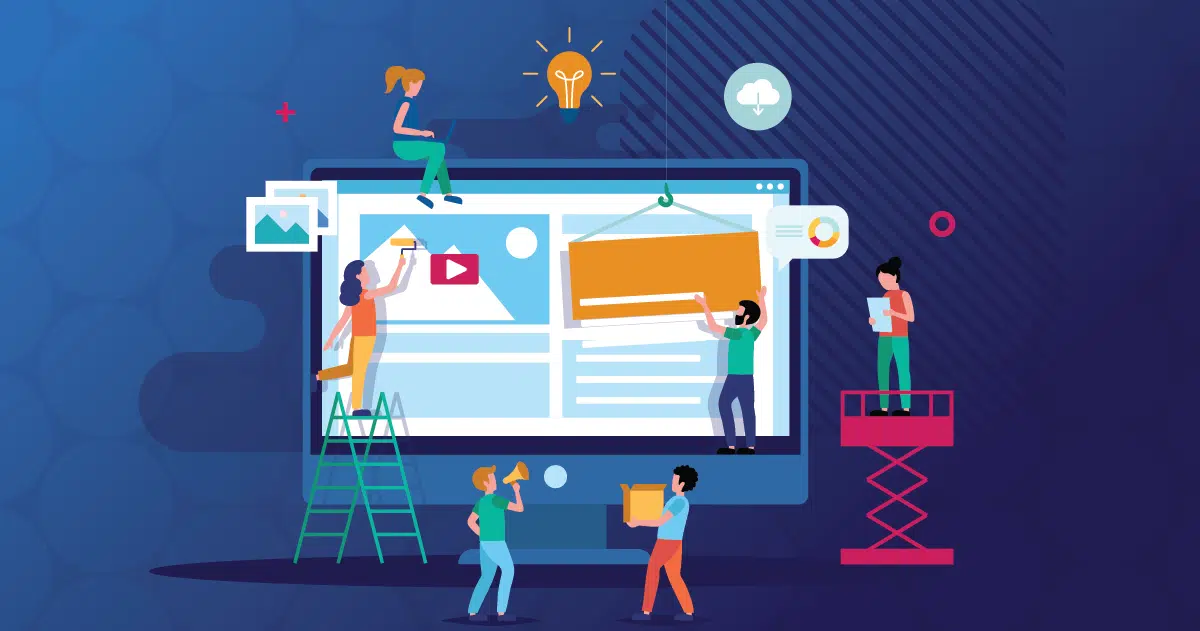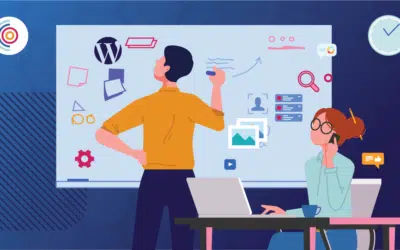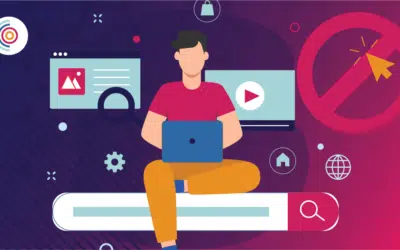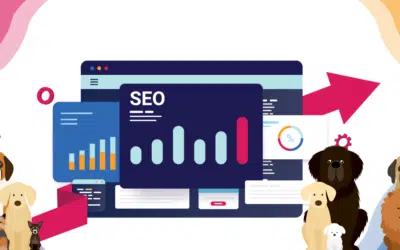Why User-Centered Design Is the Future of Healthcare Staffing Websites
User-centered design builds websites around the needs of the people using them. In healthcare staffing, that means creating an experience for two distinct audiences: clinicians seeking jobs and facilities seeking staff. Rather than forcing everyone down the same path, a well-designed site anticipates intent and guides each visitor through a tailored journey.
Clinicians want to search jobs quickly, upload a resume, and see clear details on pay and benefits. Facilities want to fill shifts fast, access credentialed professionals, and reduce administrative work. When both audiences face confusing portals, lengthy forms, or slow responses, opportunities are lost.
By creating separate pathways such as “Find Jobs” for clinicians and “Request Staff” for facilities, a staffing website removes barriers, simplifies decisions, and strengthens engagement. The result is a platform that goes beyond appearance to function as a conversion tool, connecting more clinicians with placements and more facilities with the staff they need.
Understanding the Two Primary Audiences in Healthcare Staffing Websites
A healthcare staffing website has to serve two very different groups of people at the same time: healthcare professionals who are looking for career opportunities and hospitals or facilities that are searching for qualified staff. Both audiences are essential, but their goals and frustrations are not the same. Designing with this in mind is what makes a website user-centered rather than one-size-fits-all.=
Healthcare Professionals (Job Seekers)
Clinicians visit staffing websites with a strong sense of purpose. They want to explore open jobs, submit applications, and get a clear picture of what their career path might look like with a staffing partner.
Their goals often include:
- Finding jobs quickly without wading through multiple steps
- Applying with ease using simple forms or quick upload features
- Tracking their application status to know what comes next
At the same time, they face challenges that can create frustration:
- Lengthy application processes that take too much time
- Navigation that makes it hard to find relevant positions
- Poor mobile functionality that slows them down when they are on the move
Hospitals and Facilities (Clients)
On the other side, healthcare facilities are motivated by the urgent need to keep service lines open and staffed. They come to a staffing website with expectations of speed, reliability, and transparency.
Their goals often include:
- Filling vacancies quickly to avoid interruptions in patient care
- Accessing credentialed candidates who meet compliance standards
- Reducing administrative workload with efficient processes
But they encounter their own set of pain points:
- Difficulty in submitting staffing requests through unclear or complex portals
- Lack of transparent communication about timelines or candidate availability
- Slow response times that delay critical staffing decisions
Why It Matters
When both audiences are understood and given clear, tailored pathways, the website does more than just look professional. It becomes a true solution platform. Clinicians feel supported in their career journey, while facilities gain confidence that their staffing needs can be met without wasted time. This dual focus is what separates average staffing websites from those that actively drive engagement and conversions.
Designing Separate User Journeys
Clinician Journey: For clinicians, the journey should feel simple, supportive, and efficient. A clear job search tool with filters for specialty, location, and shift type helps them quickly find the roles that match their skills and preferences. Once they identify the right opportunity, the ability to apply with one click or upload a resume through an easy-to-use form makes the process seamless. Mobile-ready applications ensure that traveling clinicians can complete every step from any device, removing friction and saving valuable time.
Facility Journey: For hospitals and healthcare facilities, the website experience should focus on speed, clarity, and reliability. A dedicated request staff portal with a straightforward intake form allows administrators to submit staffing needs without unnecessary steps. Service pages organized by specialty, such as nursing, allied health, locums, or dialysis, make it easy to understand the full range of available support. Fast contact options, whether through live chat, scheduling tools, or a direct line to an account manager, provide the responsiveness facilities expect when patient care depends on timely coverage.
Navigation and UX Best Practices
Effective navigation and user experience make a healthcare staffing website feel effortless for both clinicians and facilities. Visitors should immediately know where to go and how to complete their goals. Splitting pathways on the homepage with “I’m a Clinician” and “I’m a Facility” removes confusion and directs users to the right resources.
Calls to action should be consistent yet tailored: “Apply Now” or “Find Jobs” for clinicians, and “Request Coverage” or “Get Staffing Support” for facilities. Menus must remain simple, limiting steps to just a couple of clicks. Mobile optimization is equally essential, ensuring clinicians can apply on the go and facilities can request staff without delays.
With clear pathways, tailored actions, and seamless mobile performance, a staffing website becomes a practical tool that saves time, reduces frustration, and improves results.
Key Takeaway: Navigation should guide every visitor to the right action quickly, reinforcing trust and increasing engagement.
Visual and Content Considerations
The design and content of a healthcare staffing website should create clarity and trust for both clinicians and facilities. Because their priorities are different, the site must reflect those distinctions through tailored messaging, imagery, and proof points.
For clinicians, visuals and copy should highlight career growth, flexibility, and support. For facilities, the focus should be on reliability, efficiency, and quality outcomes. Testimonials build trust on both sides, while credibility markers such as compliance badges, certifications, and awards provide visible proof of professionalism.
A site that balances inspiration with assurance becomes more than an information source. It serves as a trusted extension of the staffing partnership.
Key Takeaway: Visuals and content should connect directly with each audience, strengthening trust and credibility at every step.
Business Impact of User-Centered Design
A healthcare staffing website designed with the user in mind delivers measurable outcomes that support growth, efficiency, and trust. Every improvement in navigation, content, and functionality translates into gains for both clinicians and facilities.
For clinicians, a smooth experience increases application completions and expands the pipeline of qualified professionals. For facilities, a streamlined request process speeds response times and keeps service lines staffed. Together, these improvements strengthen engagement, reduce bounce rates, and increase conversions.
For staffing organizations, this means higher ROI, stronger credibility, and a clear competitive edge in a crowded market.
Key Takeaway: User-centered design turns a staffing website into a business asset that improves candidate flow, accelerates client response, and builds long-term trust.
Transform Your Healthcare Staffing Website Into a Growth Engine
Tailoring the online experience to the unique needs of both clinicians and healthcare facilities is no longer optional. It is the foundation of a website that truly works for its users. User-centered design is more than a design choice; it is a competitive advantage that helps staffing organizations attract more qualified applicants, respond faster to facility needs, and build lasting trust with both audiences. Looking ahead, personalization and the use of artificial intelligence will make these journeys even more refined, creating websites that feel smarter, faster, and more supportive for every visitor.
If your organization is ready to build a healthcare staffing website that engages clinicians, streamlines facility requests, and drives growth, Conway Marketing Group can help. Contact us today to create a user-centered website that strengthens performance



